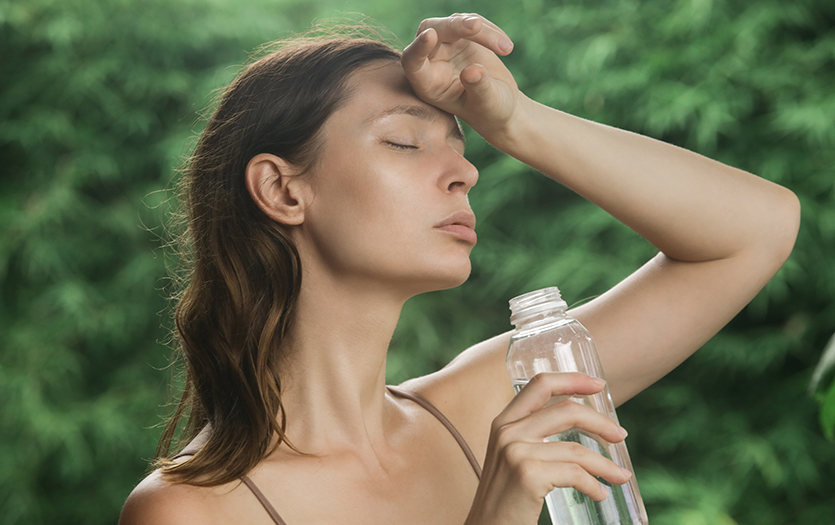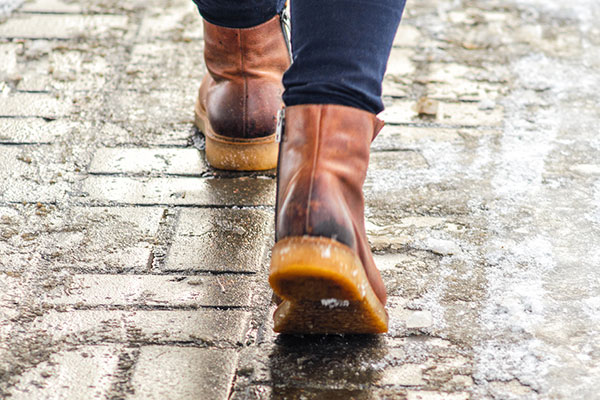
As the temperatures and heat index climb, it's important to keep an eye on your body's response and be smart about your time in the sun. Christian Bridgwater, DO, emergency physician, medical director, Parkview Samaritan, tells us more.
What are the signs of a heat stroke?
Heat stroke occurs when the body's internal temperature rises above 106 degrees Fahrenheit and is usually associated with a decline or change in mental function. At this point, the body loses its ability to manage heat, and without immediate treatment and cooling protocols, the condition could result in death. Additional signs of heat stroke to be on the lookout for:
-
hot, red, dry or damp skin
-
rapid and strong pulse
-
fainting or loss of consciousness
What is the difference between heat exhaustion and heat stroke?
Heat exhaustion exists on a continuum with heat stroke and precedes it. If you can get out of the heat, hydrate and replace electrolytes, you can stop the development of heat stroke and reverse heat exhaustion. Before heat stroke develops, individuals may experience:
-
a rising body temperature
-
heavy sweating
-
excessive thirst
How long is it safe to be outside if the heat index is over 100 degrees?
Every person is different, and variables such as age, underlying health conditions and level of physical fitness all play a role, so it's hard to give a definitive time. Individuals with cardiac disease, pulmonary disease or other health conditions need to avoid prolonged heat exposure altogether or significantly limit it, as the extra stress of the heat will often affect them in unpredictable ways.
What does your body need to beat the heat?
Preparation is key to beating the heat. Pre-hydration, knowing your own health conditions and limitations, and planning your activities to coincide with cooler times of day will help you stay safe. An adult needs about 2 liters of water daily with no heat or activity stress; thus, depending on the type and duration of the outside activities, you will need 2-3 times that amount.
Consider the following tips as you prepare for outdoor activities:
-
Plan activities for early in the day and in the shade.
-
Hydrate before outdoor activity, and pack plenty of fluids with you.
-
Before going outdoors, apply broad-spectrum sunscreen with an SPF of at least 30. Reapply every two hours and more frequently if you are sweating or in water.
-
Plan on taking a cooling break every 20-40 minutes, with time to hydrate to prevent progressing through the heat illness continuum.
-
Take frequent breaks before you experience excessive thirst, muscle cramps and fatigue. These signs indicate that you are already stressing your body.
Final thoughts
Beating the heat also means caring for your friends, neighbors and pets, who may be vulnerable or lack the knowledge to keep themselves safe. Check on your neighbors and older adults often. Never leave children or pets in a car in the heat. Make it a regular practice to check your backseats before walking away from your vehicle so there is never a chance of them being left in the car by accident.
Remember, heat-related illnesses can escalate quickly. Heat stroke is a severe medical emergency and can be life-threatening. If you or someone else is showing signs of heat stroke, such as confusion, fainting or a high body temperature, seek immediate medical attention.




